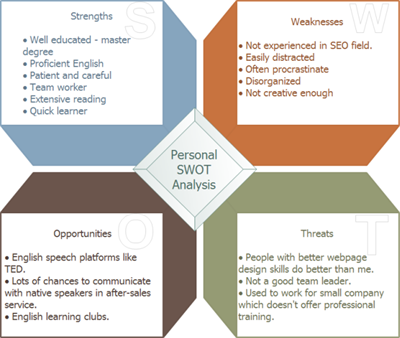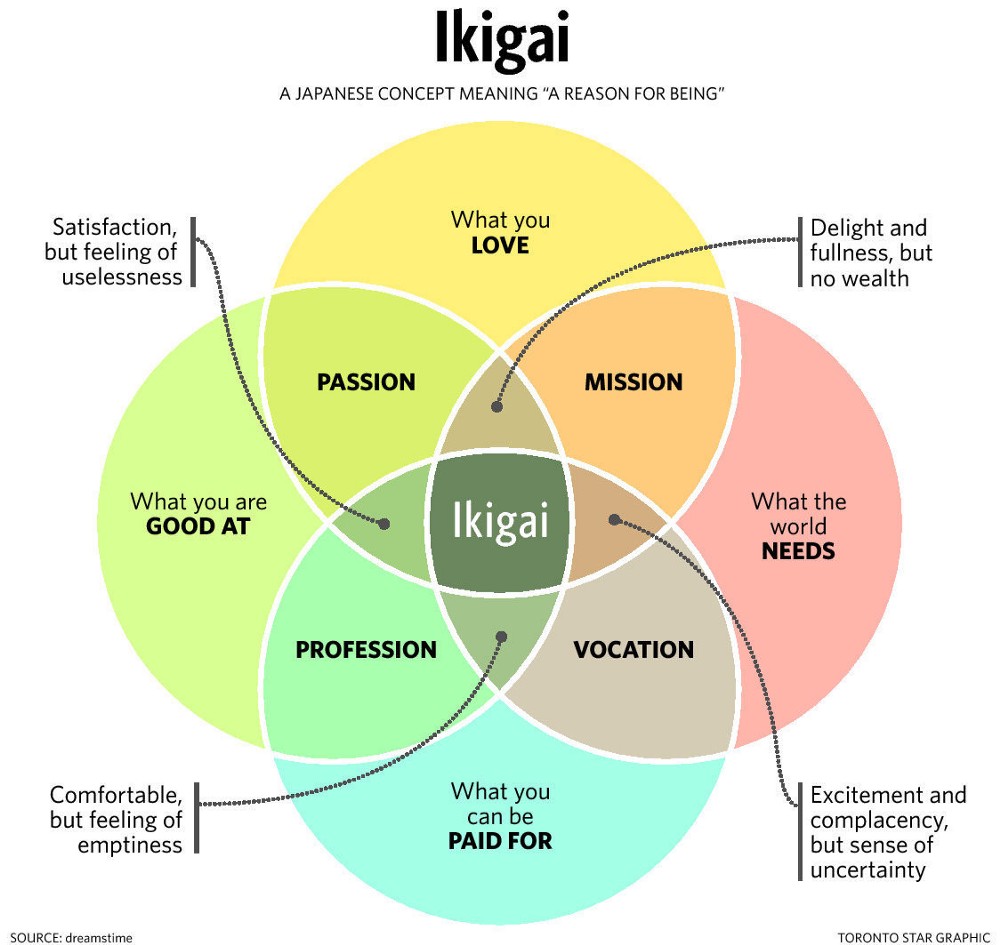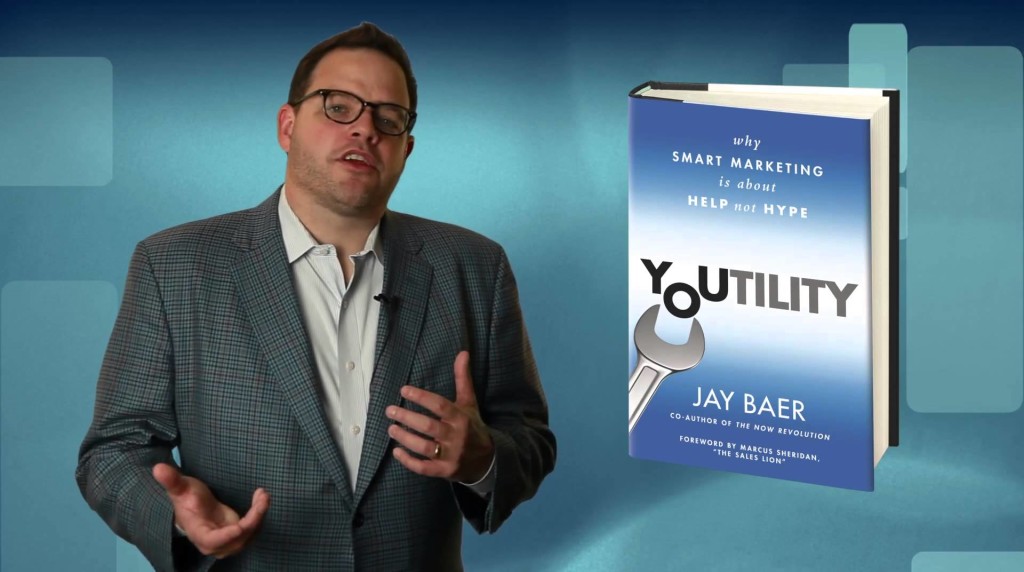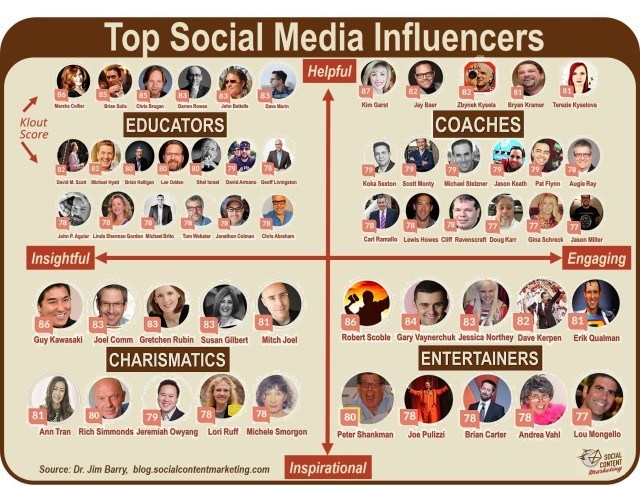
Can you name me the top digital marketing agencies in the world?
I bet that most of you would have trouble remembering any of them. This isn’t surprising considering that most agency’s prefer their client campaigns to hog the limelight.
However, the picture changes entirely when I ask you to name the top personalities in the digital and social media world.
Names like Gary Vaynerchuk, Michael Stelzner, Neil Patel, Ryan Deiss, Mari Smith, Joe Pulizzi, Jay Baer, Ann Handley, Rand Fishkin, Guy Kawasaki, and Lee Odden may come to mind.
While these personalities are multi-millionaires running sizable companies, the one thing which made them stand out is the sheer strength of their online brands.
The World of Personal Branding
Contrary to popular belief, personal branding isn’t about looking glamorous, having millions of Facebook fans, or sharing copious amounts of Instagram stories.
Nor does it come from creating your own PR boilerplate, hiring a publicist, or schmoozing with dignitaries.
On the flip side, many of top online personal brands are folks like you and me – cue Steve Jobs with his black turtleneck and jeans, or Mark Zuckerberg with his hoodies.
Trusted and likable with solid domain-specific reputations, these luminaries are usually known for their deep knowledge and expertise. At the forefront of their game, they can translate emerging trends into actionable insights for their followers.
Folks with strong online personal brands are also known for their unique sense of style. Larger than life, they are unafraid to project their thoughts and feelings through words, images and videos.
So what can you do to build your personal brand online? Here are 10 steps you can take.
#1 Craft Your Brand Story

Begin by telling your own personal brand story. This is the core narrative which underpins everything that you do online. It also provides you with a guiding principle, and can be inserted as an ‘About Us’ section of your website or Facebook Page.
In writing your story, do consider how you can assemble the different elements as follows:
- Context: What was the backdrop of your story? This is important in setting the background for your actions.
- Characters: Identify the key characters like your hero, mentor, enemy, and beneficiaries.
- Conflict: Was there a challenge or series of problems which you had to overcome?
- Resolution: What steps did you take to resolve the problem?
- Rewards: As a result of your actions, how does your story end? More importantly, how does this tie into a benefit for your customers?
Read this article to learn more about building your personal brand story.
#2 Do a Personal SWOT
One of the time-tested concepts in business and marketing strategy, a SWOT analysis provides a snapshot of where you are in terms of your…
- Strengths (Internal): Which are the areas that you’re good at? This could be in terms of your domain knowledge, skill-sets, experience, or networks.
- Weaknesses (Internal): Which are the areas that you’re weak in?
- Opportunities (External): Are there broader trends or market opportunities that you can capitalise on?
- Threats (External): What are the dangers that may lurk in your niche? Will you be blindsided by technologies, competitors, or incumbents with deeper pockets?
Here is an example of a personal SWOT analysis for reference.

Courtesy of Edraw
#3 Choose the Right Niche
Once you’ve got a sense of where you stand, it is useful to then pick the right niche areas. There are several ways to do so, but I like the Ikigai principle of choosing the right niche best.
According to Hector Garcia, your Ikigai is “the intersection of what you are good at and what you love doing.” This can be summarised into four main areas as shown by the infographic below:
- What You Love: This the thing that you delight in doing each and every day.
- What The World Needs: This would be the mission that you can fulfill.
- What You Can Be Paid For: This would be what your potential clients/ customers would pay money for.
- What You Are Good At: This would be where your Strengths comes in (See SWOT above.)
Your goal is to choose the sweet spot in the middle when you select a niche (while ensuring of course that it isn’t too crowded with competitors.)

Courtesy of Toronto Star
#4 Embrace Content Marketing
Now that you’ve established what you want to focus on and be known for, you’ll need to let your potential market know all about you. The best way to do so is to embrace content marketing.
According to the Content Marketing Institute…
“Content marketing is a marketing technique of creating and distributing valuable, relevant and consistent content to attract and acquire a clearly defined audience – with the objective of driving profitable customer action.”
To build your personal brand, you should develop a content strategy that seeks to consistently position you as an expert and thought leader in a specific domain. Consider publishing a range of different content across multiple platforms to establish your reputation.
(Read more about building your personal brand with content marketing here.)
#5 Develop a Unique Voice
Do you have a unique voice? No, I’m not talking about the sounds which your vocal chords utter.
Rather, your unique voice is the purposeful and intentional expression of your personal brand through the use of spoken and written words, images, and gestures.
Depending on your personality, it can be:
- Witty, humorous and light-hearted
- Precise, analytical and scientific
- Hip, trending and cool
- Unassuming and laid-back
- Authoritative and sombre
A key thing here is to be interesting. Bland is boring in the online world, and folks who are quirky and weird tend to stick out more.
#6 Design Your Personal Style
In the world of personal branding, your style relates to how you present yourself visually. This is often closely related to your identity, and can be formal and professional, or casual and laid-back.
Elements of your personal style may include your attire, personal appearance and grooming. In the online world, design elements like your choice of colours, font types, photos, written prose, logos and templates may affect how you are perceived.
#7 Give Value to Others

Often, the most successful personal brands are individuals who are generous to a fault. As thought leaders and trendsetters, they freely dispense ideas, tips and advice to their followers without expecting any form of payment.
To deliver value to others, consider embracing the Youtility principles spelled out by Jay Baer. There are six steps you can adopt here:
- Identify what your customer needs – use search engine keyword research or social listening to do so
- Map customer needs to useful marketing – consider the best way to deliver useful and helpful content
- Market your marketing – promote your resources through social media shares, emails, WhatsApp messages and more
- Insource Youtility – work with partners or sharpen your skills (eg writing, video production, design) to deliver useful content
- Make it a process – schedule it in your everyday work flow
- Keep score – track down how effective your efforts are in generating awareness, engagement, and leads
#8 Grow Your Social Network
No man or woman is an island. To build and grow your personal brand, you need to be actively networking with others so that you can enlarge your magic circle of supporters.
Participate in both online and offline networking activities. Look for relevance Facebook and LinkedIn Groups to join, and be an active participant in those groups by commenting, sharing your insights, and providing value to members.
You may also wish to attend conferences and workshops where you can meet like-minded others, exchange your details, and connect with them online.
#9 Learn from the Leaders
Continuous learning is a must for anybody who wishes to build their personal brand. There are tonnes of resources available both online and offline for anybody who is keen to pick up online branding and marketing skills.
Instead of trying to wing it on your own, make it a habit to follow the masters in your craft. Don’t just do what they say but do what they do!
To find out who are the influencers in your trade, you can search for them using tools like BuzzSumo, Klear, Follower Wonk, and others. Just key in your keywords in the search bars of these tools, and see which names pop up first. You may also wish to use LinkedIn to search for influencers using the keywords associated with your trade.
Here’s a useful chart showing some of the influencers in the social media marketing space, sorted according to their preferred leadership styles.

Courtesy of Social Content Marketing
#10 Sustain Your Personal Brand
Finally, you need to have a way to sustain your personal branding efforts over the long haul.
In the ruthlessly competitive online world, you need to consistently publish fresh content that adds value, reach out to potential partners, and engage with your fans.
Here’s one way to schedule your social media activities, broken down into daily, weekly, monthly, and six-monthly activities.
If possible, make it a daily habit just like brushing your teeth or going for your thrice weekly exercise. You can read more about mastering positive habits here.
Conclusion
Personal online brand building is a marathon more than a sprint.
Contrary to popular belief, online brand building isn’t about seeking fame. Nor is it all about becoming a glamorous influencer who gets endless invitations to parties, free hotel stays, and other lifestyle benefits.
Rather, personal branding is a way to build your profile and portfolio online so that you can increase your visibility, build trust, and live a fulfilling life doing the things which you love.
“Life isn’t about finding yourself. Life is about creating yourself.” – George Bernard Shaw

Very well summed up & useful points. Thanks for sharing.